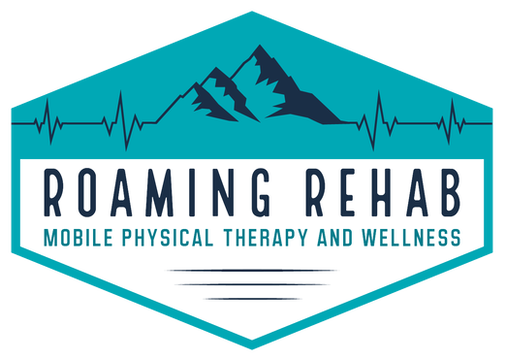|
Osteoarthritis (OA) is a condition characterized by the wearing of cartilage in the joints. Cartilage is the tissue that cushions the ends of bones within the joint, allowing for smooth movement. When this cartilage deteriorates, bones may rub against each other, leading to pain, stiffness, and loss of joint function. OA commonly affects weight-bearing joints such as the knees, hips, and spine, as well as the hands and fingers. Physical therapy is a valuable treatment approach for managing osteoarthritis in several ways:Pain Management: Physical therapists can employ various techniques to alleviate pain associated with osteoarthritis. These may include manual therapy techniques such as joint mobilization, as well as modalities like heat or cold therapy.
Improving Range of Motion and Flexibility: Physical therapy exercises are designed to help maintain or improve the range of motion and flexibility of affected joints. Gentle stretching exercises can help prevent stiffness and improve joint function. Strengthening Muscles: Strengthening the muscles surrounding the affected joint is essential for providing support and stability. Physical therapists can design exercises targeting specific muscle groups to improve strength, which can help reduce pain and enhance joint function. Joint Protection Techniques: Physical therapists can educate individuals about joint protection techniques to minimize stress on affected joints during daily activities. This may involve teaching proper body mechanics, posture, and techniques for lifting and carrying objects. Functional Training: Physical therapists focus on improving functional abilities necessary for daily activities such as walking, climbing stairs, and getting up from a chair. They may incorporate exercises that mimic real-life movements to enhance overall function and independence. Assistive Devices: Physical therapists can assess the need for assistive devices such as braces, walking aids, and bathroom equipment to restore function in a safe manner. They can also provide guidance on the proper use of these devices to optimize their effectiveness. Education and Self-Management: Physical therapists play a vital role in educating individuals about their condition and empowering them with self-management strategies. This may include advice on lifestyle modifications, such as maintaining a healthy weight and staying physically active, as well as techniques for managing pain and fatigue. Overall, physical therapy is a key component of comprehensive osteoarthritis management, helping individuals alleviate pain, improve joint function, and enhance their overall quality of life.
0 Comments
Lymphedema is a condition that affects millions of people worldwide, yet it remains widely misunderstood. Characterized by swelling in certain parts of the body, often the arms or legs, lymphedema can be both physically uncomfortable and emotionally challenging. However, with proper management and treatment, individuals living with lymphedema can experience improved quality of life and reduced symptoms. In this blog post, we will explore the significance of lymphedema therapy, its various approaches, and how it can positively impact those affected by this condition. What is Lymphedema?Before delving into lymphedema therapy, it's essential to understand what lymphedema is and how it manifests. Lymphedema occurs when the lymphatic system, responsible for draining fluid from tissues, is compromised or damaged, leading to a buildup of lymph fluid. This buildup results in swelling, typically in the arms or legs, but it can affect other parts of the body as well. Lymphedema can be primary, meaning it arises due to abnormalities in the lymphatic system, or secondary, resulting from damage to the lymphatic system, often due to cancer treatment such as surgery or radiation therapy. The Importance of Lymphedema TherapyLymphedema therapy plays a crucial role in managing and alleviating the symptoms of this condition. While there is currently no cure for lymphedema, therapy aims to reduce swelling, improve mobility, prevent complications such as infections, and enhance overall quality of life. Here are some key reasons why lymphedema therapy is essential:
Approaches to Lymphedema TherapyLymphedema therapy encompasses a multidisciplinary approach tailored to the individual needs of each patient. Some common components of lymphedema therapy include:
Lymphedema therapy is a vital component of comprehensive care for individuals living with lymphedema. By addressing swelling, promoting lymphatic drainage, and empowering patients with self-management strategies, therapy plays a significant role in enhancing quality of life and reducing the impact of this chronic condition. Through a multidisciplinary approach tailored to individual needs, lymphedema therapy aims to optimize mobility, functionality, and overall well-being, enabling individuals to live life to the fullest despite the challenges posed by lymphedema.
Do you want to chat about lymphedema and how Roaming Rehab can help you? Please contact us today! |
Roaming RehabEveryone can contribute to this blog! Do you have a suggestion for a topic? Archives
May 2024
Categories |
Proudly powered by Weebly





 RSS Feed
RSS Feed